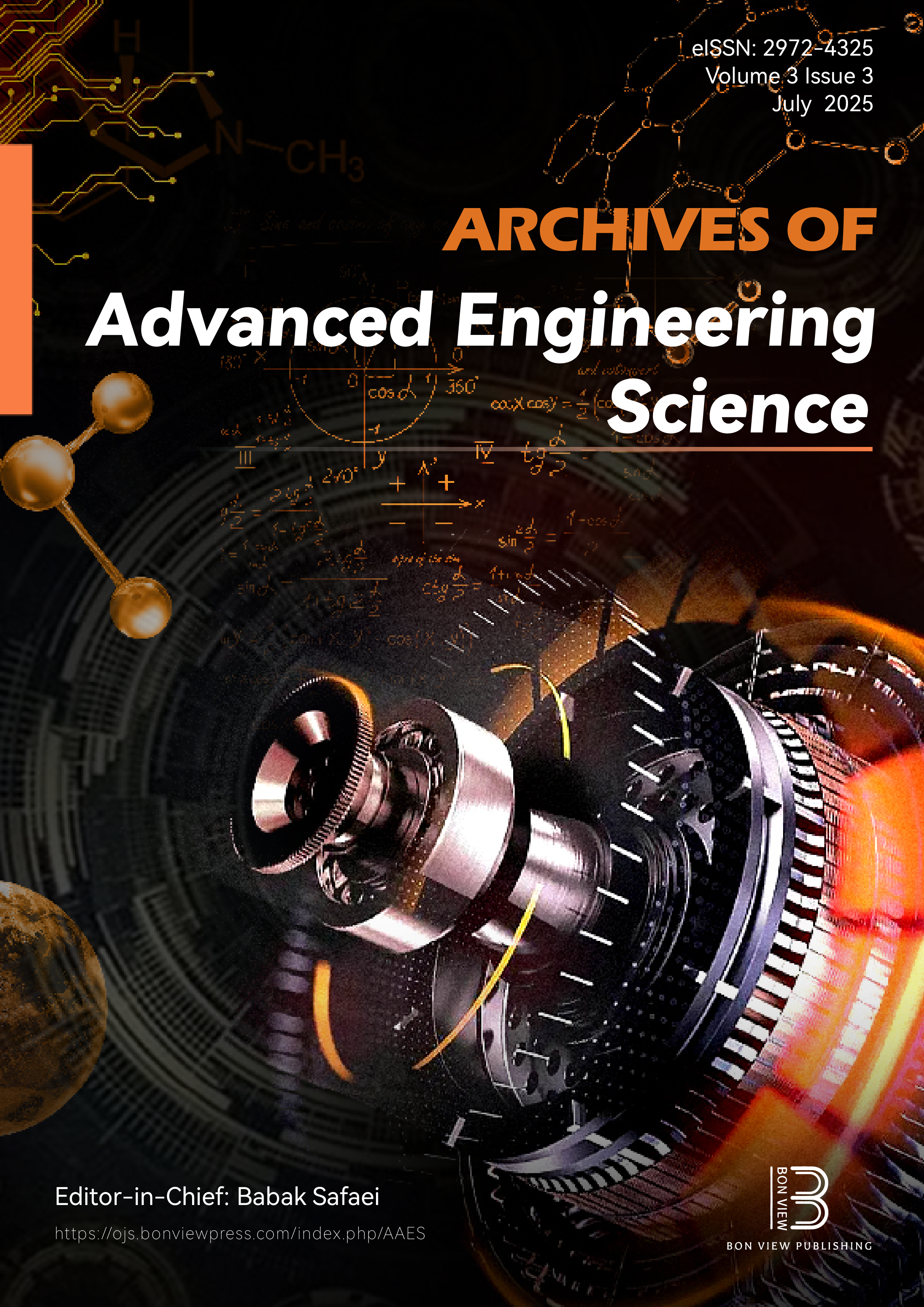RFID Occupied Advanced Framework for Specialized Vehicle Access, Operating System, and Wireless Data Transmission Without Human Intervention
DOI:
https://doi.org/10.47852/bonviewAAES42023179Keywords:
wireless network, Internet of Things (IoT), radio frequency identification (RFID), automation, control, data transmission, artificial intelligence (AI)Abstract
Radio frequency identification system (RFID) tags are tiny electronic devices that include a distinctive code that can be detected by a reader that supports RFID. The string of characters is used for recognizing and monitoring the object to which the tag is connected. RFID tags interact with RFID readers using radio frequency. While the tag comes into close proximity to the scanner, that device sends a radio signal that triggers the tag. The tag then responds by sending its unique identity. RFID pinpointing ability is verified experimentally in two different techniques, one utilizing radar and the other a photosensitive transition. The initial phase is intended to test if the continuously changing location provided from RFID tags equals the precise position recorded by sonar. It is also excellent for getting into parking lots, private spaces, professional parking spots, and offices quickly and easily. The implementation of RFID will bring a revolutionary transformation in the authorization, administration, correspondence, computerization, and security systems for specialized vehicle access, operating system, and wireless data transmission without human intervention using an Internet-based wireless communication system. RFID vehicular registration is an authentication system which employs RFID readers to give authorization for automobiles. The technique normally consists of installing a reader with RFID technology at the entrance/exit entrance to an enclosed or a limited region. RFID scanning can deliver efficient techniques for transportation administration, making the process straightforward, dependable, as well as secure.
Received: 22 April 2024 | Revised: 20 September 2024 | Accepted: 8 October 2024
Conflicts of Interest
The authors declare that they have no conflicts of interest to this work.
Data Availability Statement
Data are available on request from the corresponding author upon reasonable request.
Author Contribution Statement
Abdullah All Mamun Anik: Conceptualization, Methodology, Software, Validation, Formal analysis, Investigation, Resources, Data curation, Writing - original draft, Writing - review & editing, Visualization, Supervision, Project administration. Mosammat Sadia Akter Moon: Conceptualization, Software, Validation, Formal analysis, Resources, Writing - review & editing. Fahim Faysal Arnob: Conceptualization, Software, Formal analysis, Writing - original draft, Writing - review & editing, Supervision. Mehedi Hasan: Conceptualization, Formal analysis, Investigation, Resources, Data curation, Writing - original draft, Writing - review & editing, Supervision. S. A. Naimul Hoque: Conceptualization, Methodology, Formal analysis, Investigation, Resources, Data curation, Visualization, Supervision. Mohammad Mashhunur Rahman: Methodology, Software, Validation, Formal analysis, Investigation, Resources, Visualization, Supervision, Project administration. Tanzim Bin Ahmed: Methodology, Software, Validation, Formal analysis, Data curation, Writing - review & editing, Visualization, Project administration. Tonmoy Barua: Conceptualization, Software, Formal analysis, Investigation, Resources, Writing - original draft, Visualization, Project administration.
Downloads
Published
Issue
Section
License
Copyright (c) 2024 Authors

This work is licensed under a Creative Commons Attribution 4.0 International License.


